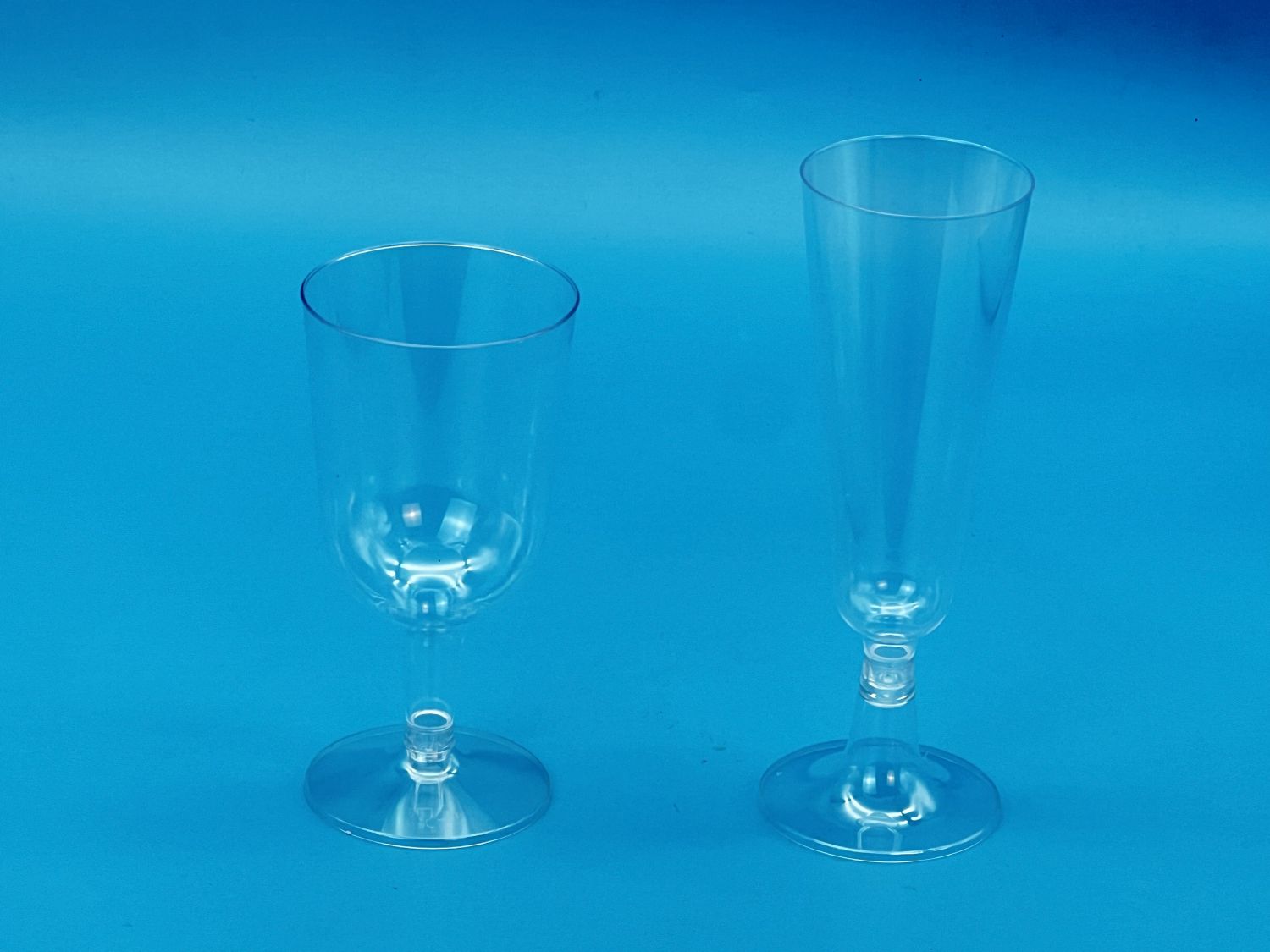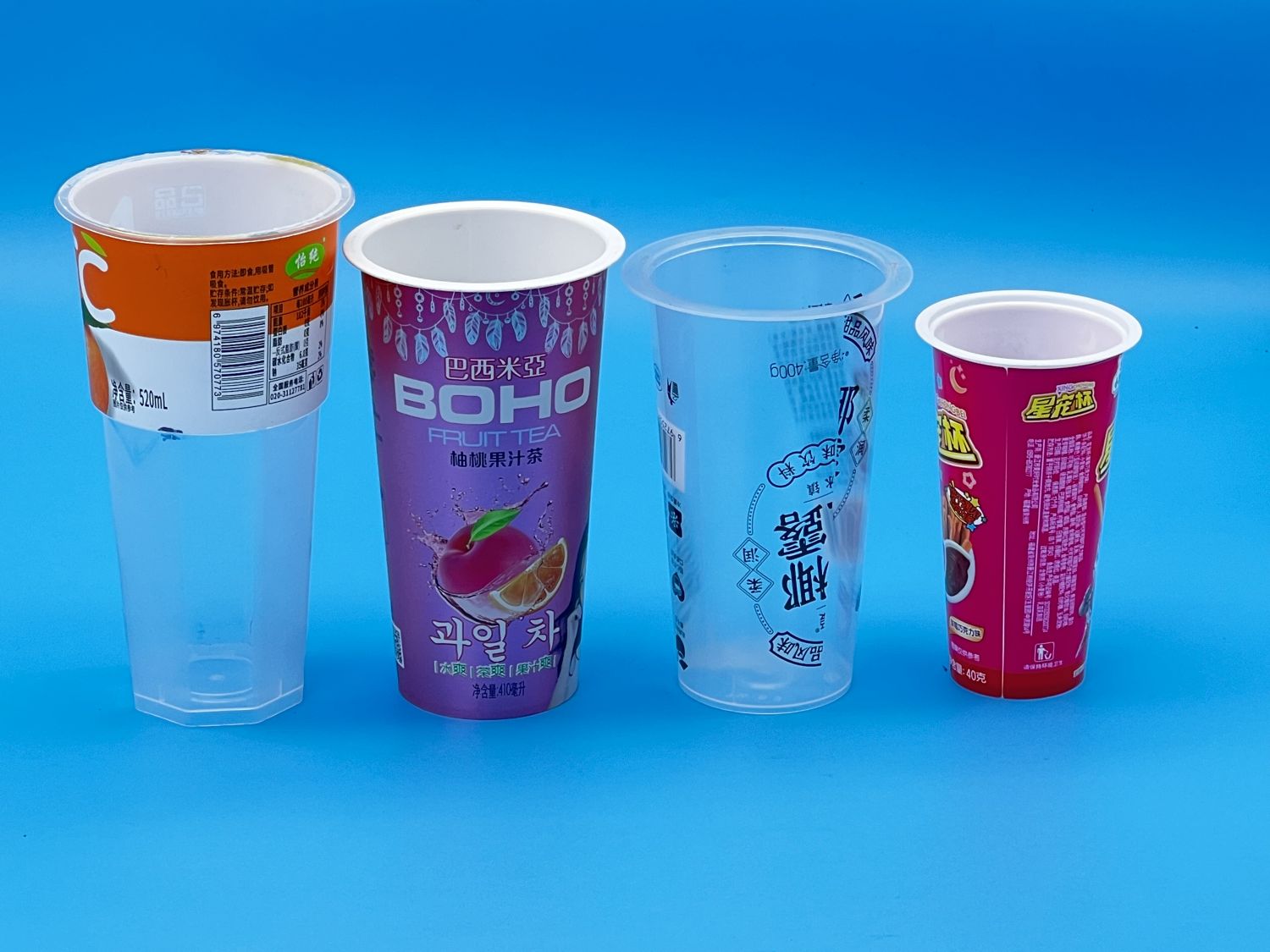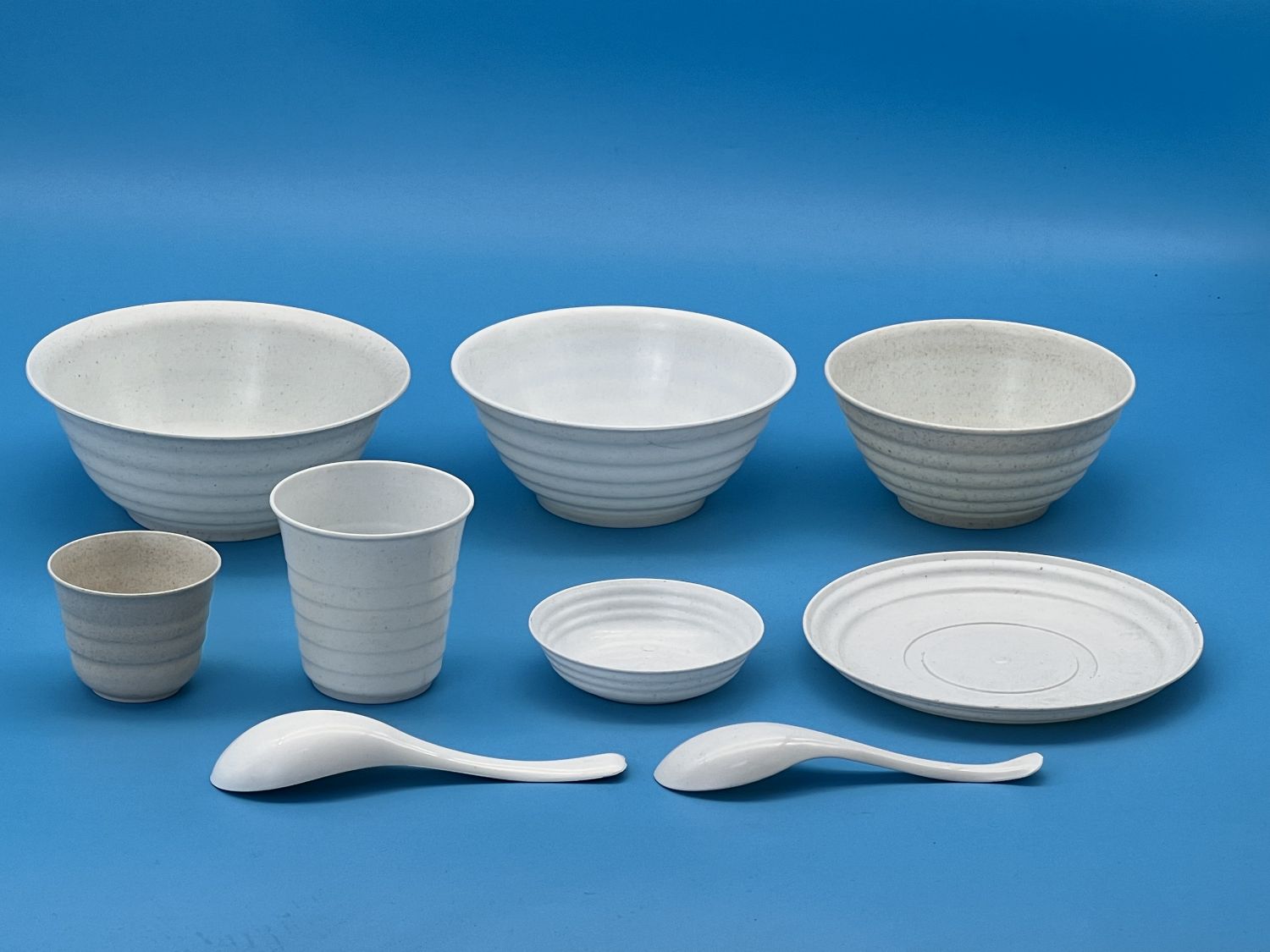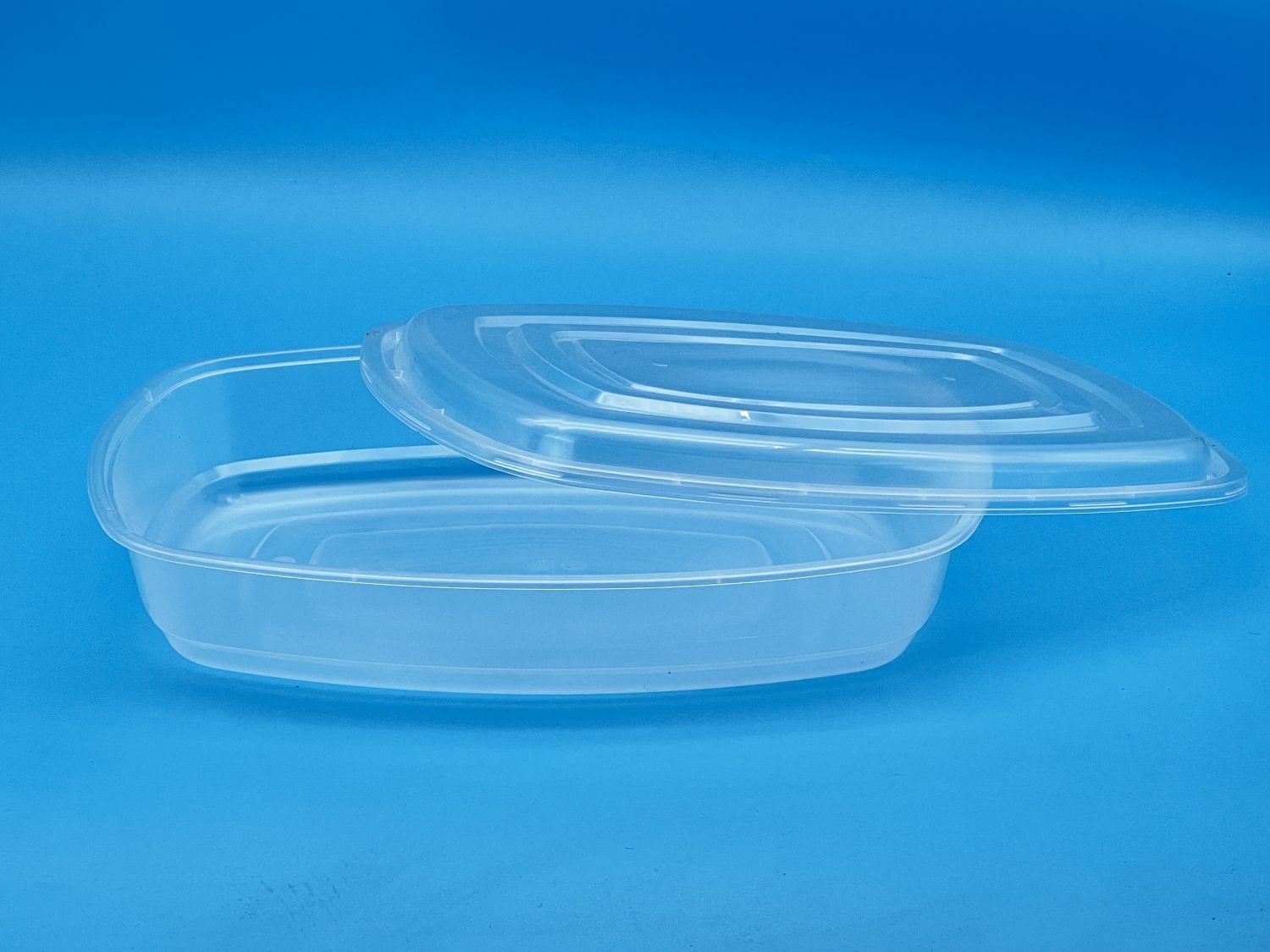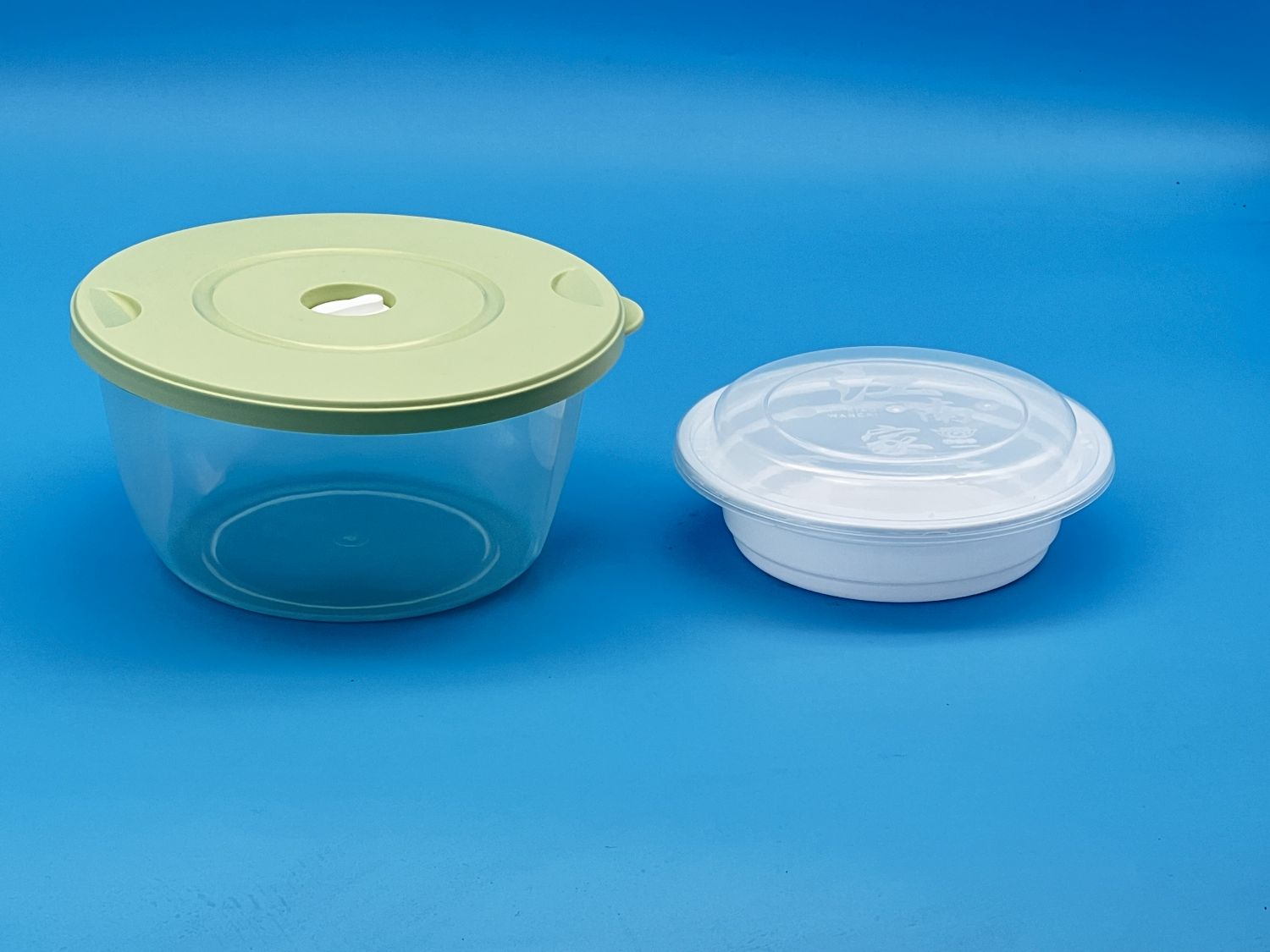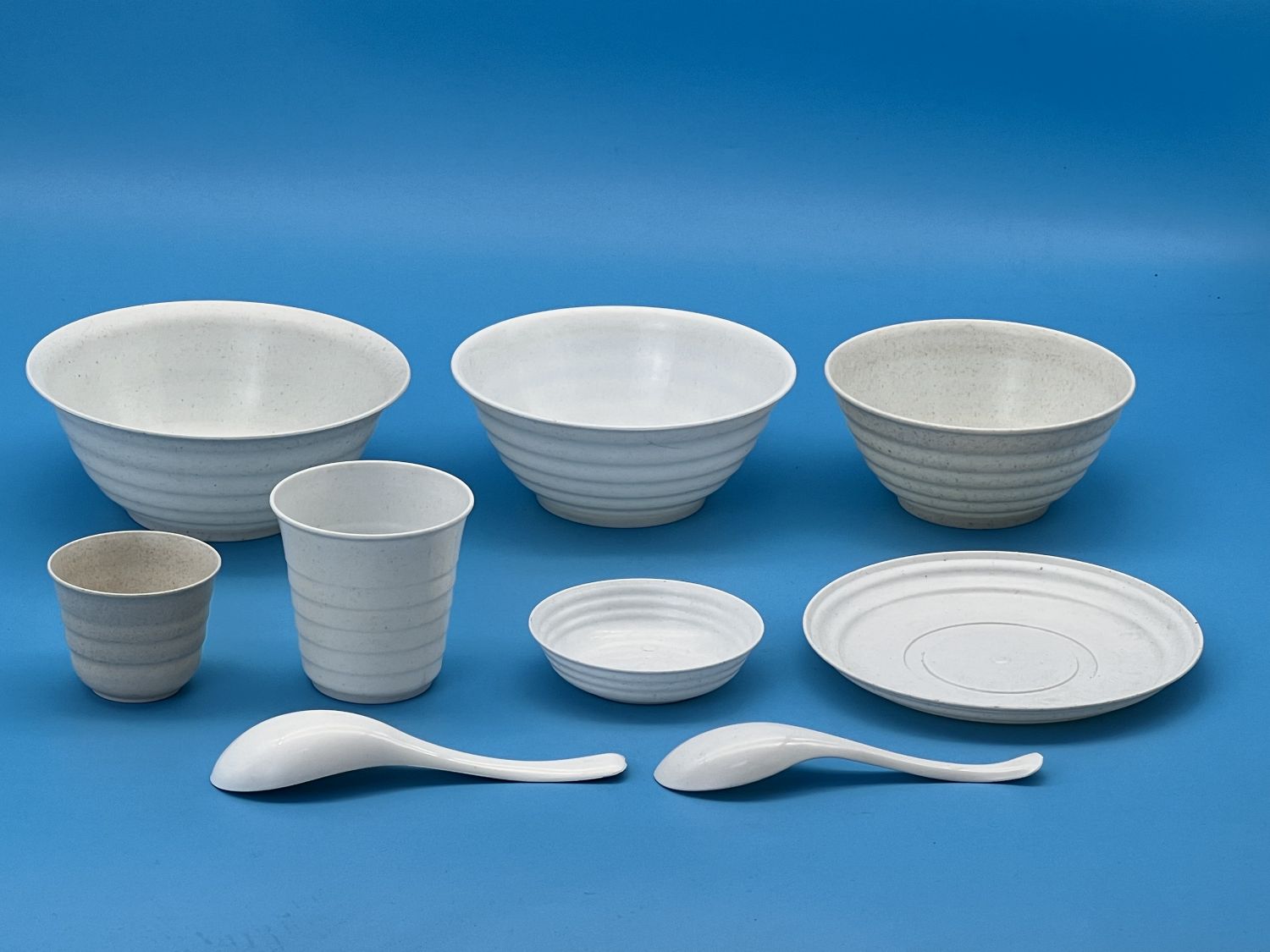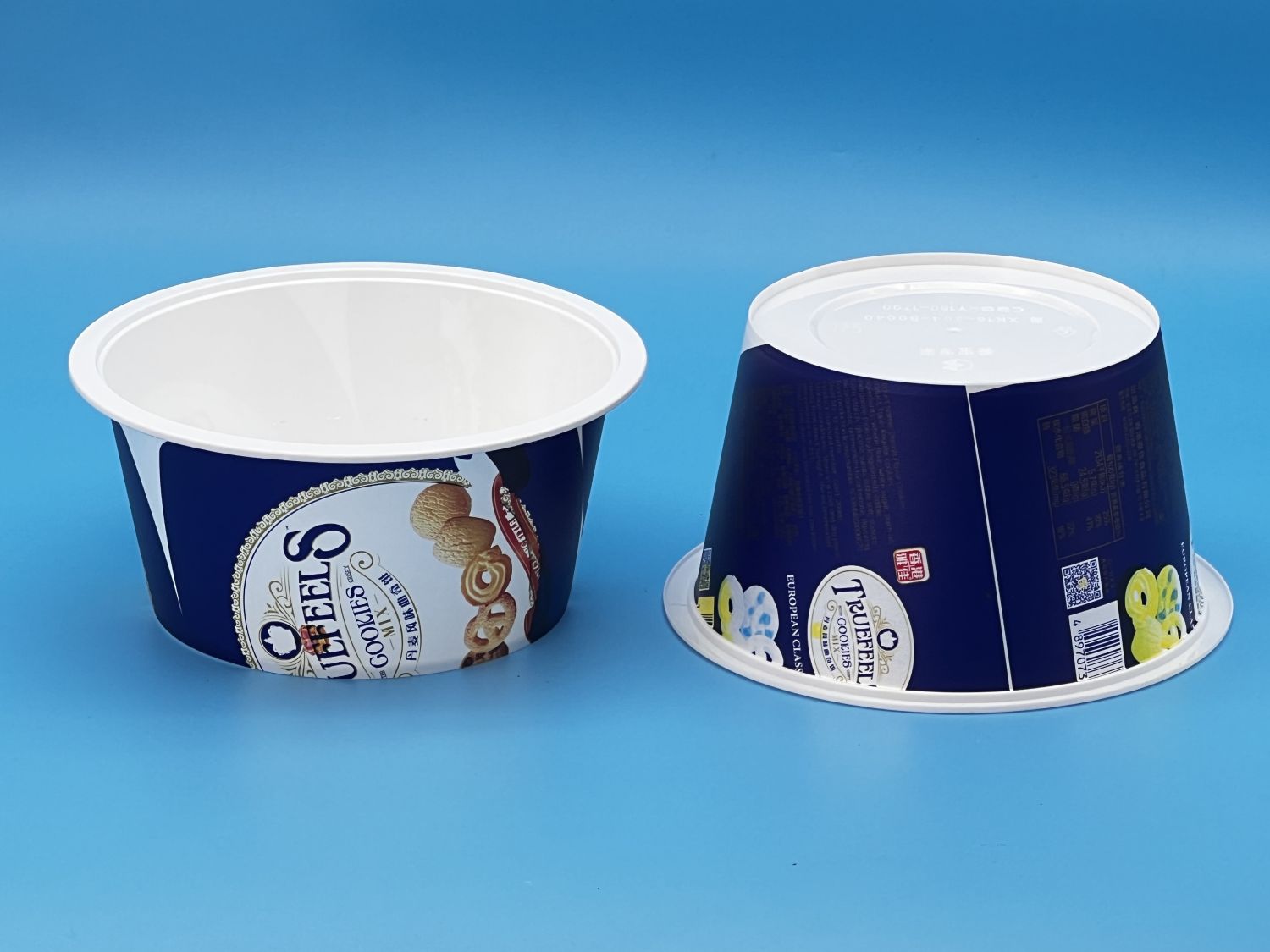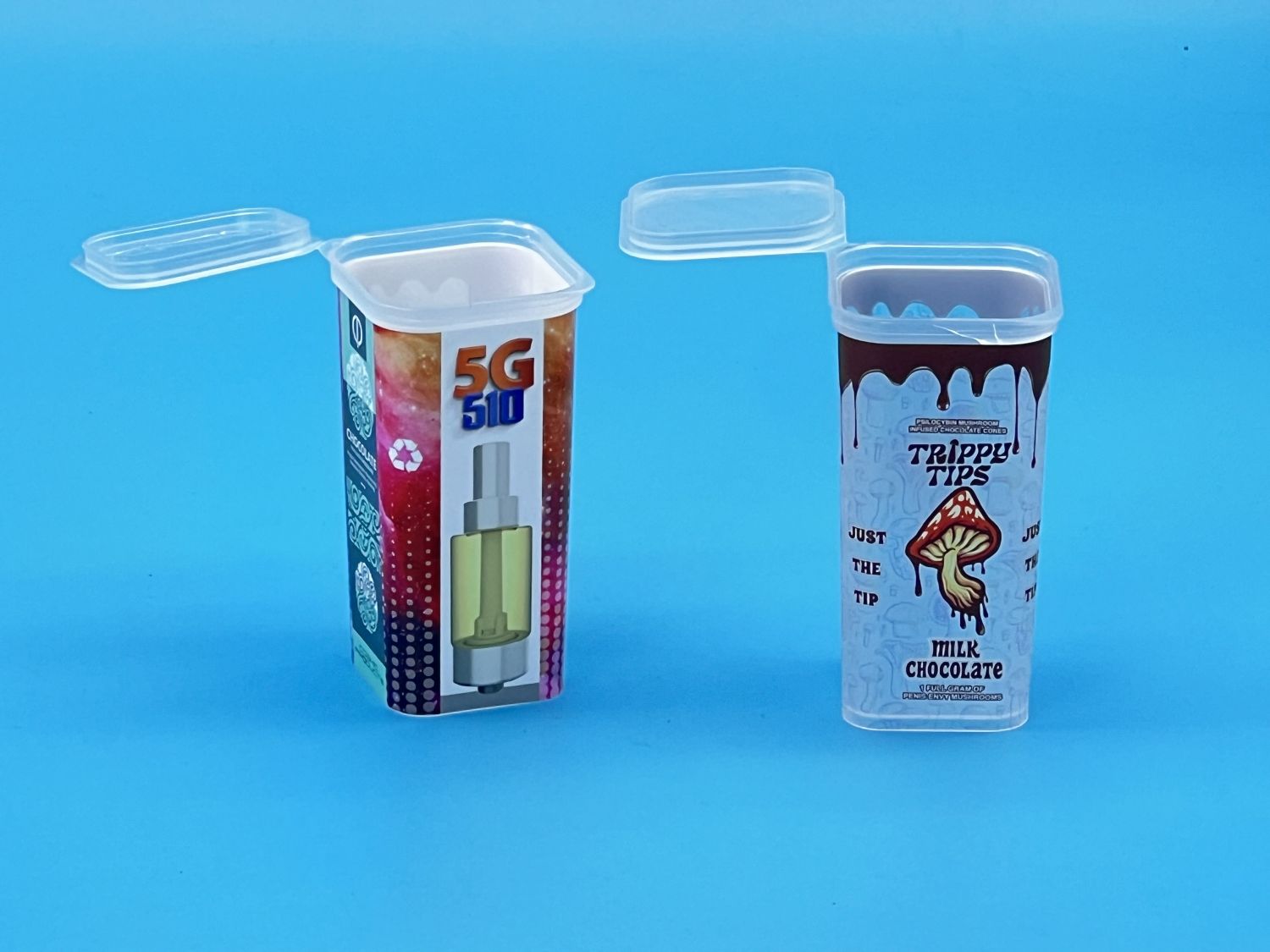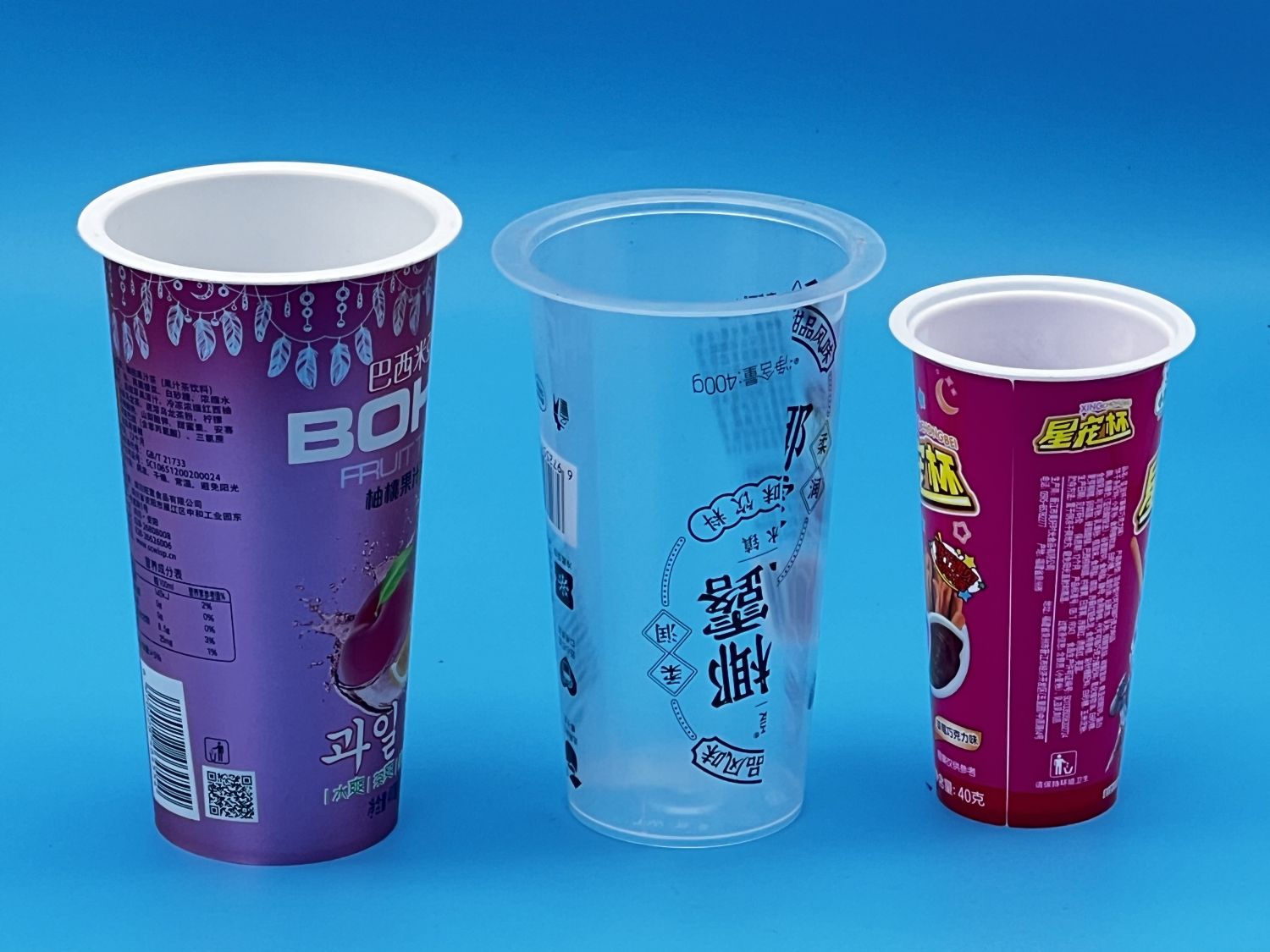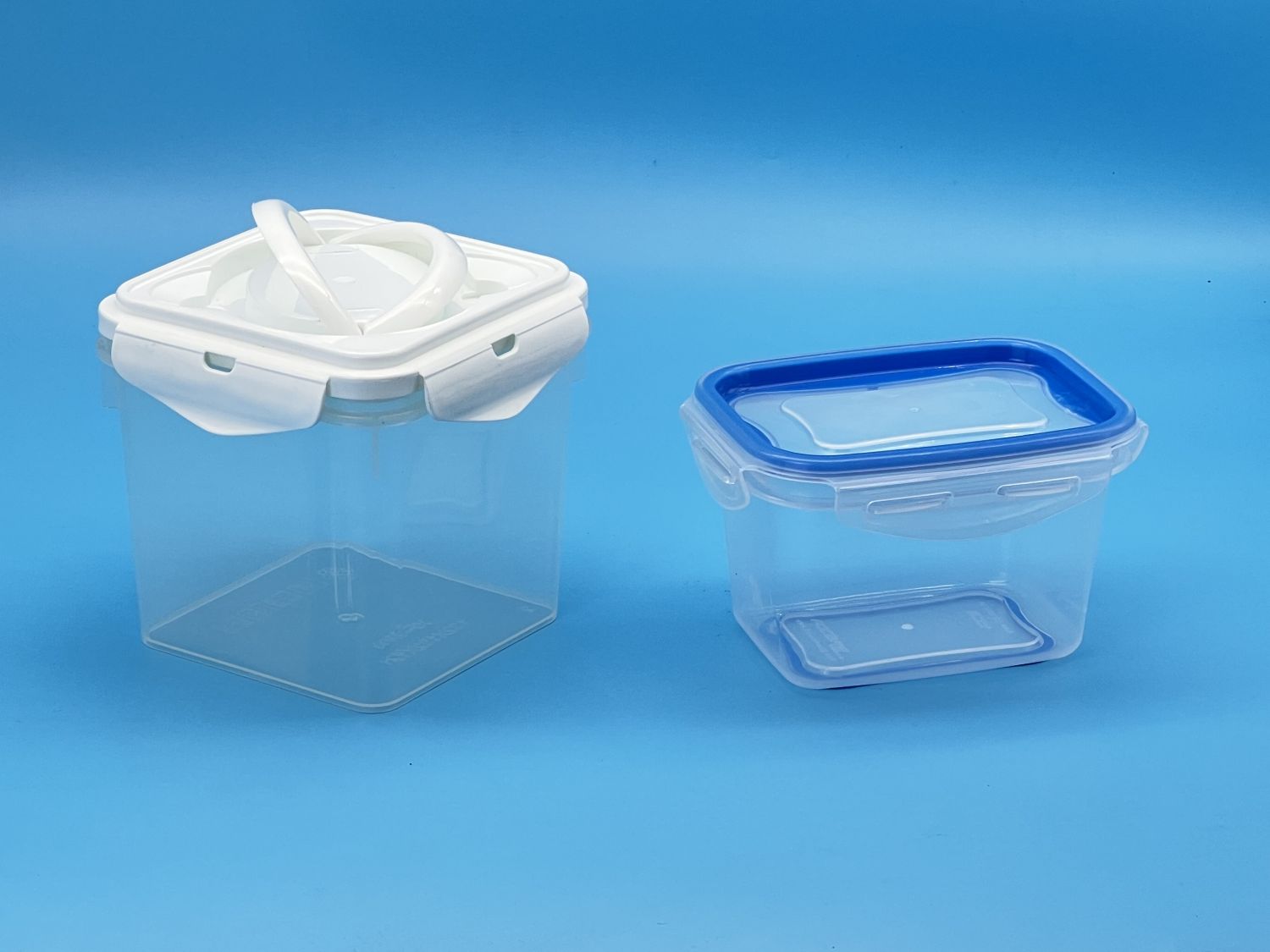
How Does In-Mold Labeling (IML) Work in Food Packaging?
2025-08-22
If you’ve ever grabbed a yogurt cup or an ice cream tub and noticed the label looks like part of the packaging itself—congrats, you’ve seen In-Mold Labeling (IML) in action. But what exactly is IML, and why are so many U.S. food brands shifting to this packaging method? Let’s dig in.
What Is In-Mold Labeling?
In-Mold Labeling (IML) is a process where a pre-printed label is placed inside the injection mold before plastic is injected. When the molten plastic fills the cavity, it fuses with the label, creating a seamless, durable, and high-quality print directly on the container.
No extra glue, no post-labeling step. It’s all done in one go.
Benefits of IML for Food Packaging
Why is IML becoming so popular? Here are some clear reasons:
-
Premium Look & Feel: High-resolution graphics that won’t peel off
-
Durability: Labels are scratch-resistant and waterproof
-
Sustainability: Both container and label are usually made from the same material, making recycling easier
-
Efficiency: Labeling and molding happen at the same time—saving production costs
For U.S. food packaging companies competing on supermarket shelves, IML provides that eye-catching brand differentiation.
The IML Process in 3 Simple Steps
-
Label Placement: A robotic system places a printed label inside the mold cavity
-
Injection Molding: Molten PP or PS plastic is injected, bonding with the label
-
Finished Product: A decorated, ready-to-use container comes out of the mold
And that’s it—your packaging comes off the production line already branded.
What Materials Are Used?
IML typically works with PP (polypropylene) and PS (polystyrene), both of which are lightweight and food-safe. At Baolin Mould, we design IML molds that support multi-cavity, high-speed production, perfectly tailored for U.S. packaging companies.
Is IML Right for Your Brand?
If you’re aiming for premium packaging with strong branding, IML is a great choice. But keep in mind:
-
It requires robotic handling systems
-
Mold costs are higher upfront compared to standard molds
-
Best suited for high-volume production
If you’re running small batches, traditional labeling might still be more cost-effective. Just being honest here.
Baolin Mould’s IML Expertise
We’ve supplied custom IML molds for yogurt cups, ice cream tubs, coffee lids, and more. Our designs optimize label placement accuracy, cooling, and cycle time, ensuring consistent results at scale.

